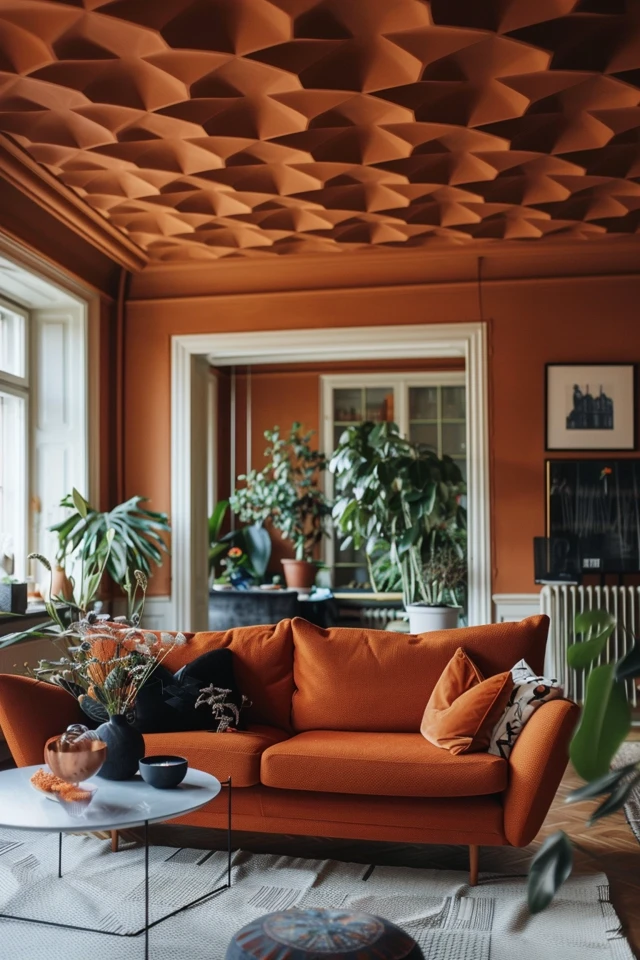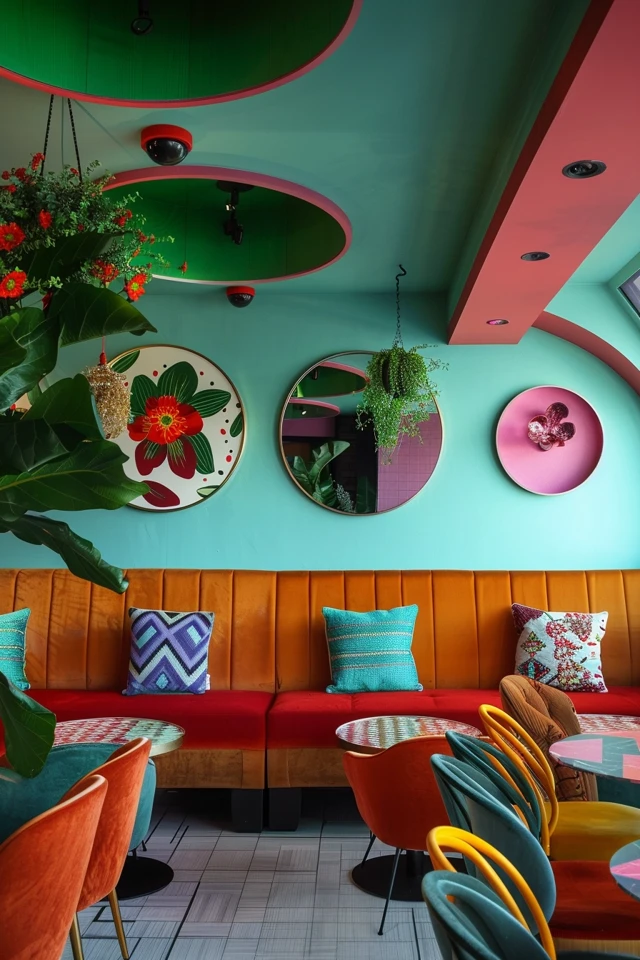The ceiling plays a big part in making a space look good. POP (Plaster of Paris) ceiling designs are getting more popular. They bring elegance and beauty to any room. Here are five tips if you’re thinking about adding a POP ceiling to your space:
- 1. Consider the space: It’s important to think about the room’s style and use before choosing a POP ceiling design. Different rooms might need different designs. Think about what the room is used for and the feel you want to create.
- 2. Play with shapes and patterns: POP ceilings offer a chance to be creative. You can add unique shapes or detailed motifs to catch the eye and make a bold statement.
- 3. Lighting is key: The right lighting can really show off a POP ceiling design. Think carefully about your lighting. You can use spotlights, hidden lights, or hanging lamps to set the mood you want.
- 4. Choose the right materials: The materials you pick for your POP ceiling matter a lot. Use high-quality POP sheets or molds. They should be durable and last a long time to keep your design looking great.
- 5. Consult professionals: For the best results, talk to experts like architects or interior designers. They have lots of experience with POP ceilings. They can offer great advice and help make your idea come to life.

Key Takeaways:
- Think about the space’s style and purpose before choosing a POP ceiling design.
- Get creative with shapes and patterns to add more interest.
- Plan your lighting well to highlight your design.
- Pick materials that are high quality and durable.
- Talk to experts for the best advice and perfect results.
The Importance of Ventilation and Airflow in POP Ceiling Design
Good ventilation and airflow are key in POP ceiling design. The CDC says COVID-19 spreads mainly through the air. This makes clean, fresh air in buildings more important than ever. Seeing this, OSHA might soon ask for better building ventilation. This could lead to efforts to clean indoor air more effectively.
Architects and designers should tailor ceiling systems to meet each project’s needs. This includes ventilation and building airflow. The right ceiling panel material is crucial for the HVAC system’s effectiveness. Choices like fiberglass, mineral fiber, or wood panels help manage airflow well.
Ceiling manufacturers are crucial for low VOC emissions and meeting test standards. By following standards like CDPH v1.2, 2017, they address indoor air quality issues. Documents like HPDs and EPDs give architects useful product information. This helps them see how materials affect health.
Materials for POP ceiling design impact air quality for up to 25 years. Choosing low-emission products is essential for occupant health over time.

Easy plenum access is important for air exchanges and air quality. Suspended ceilings help air move between spaces. But, the HVAC system type matters to prevent ceiling panels from popping. Working closely with manufacturers ensures ceiling systems fit the project’s ventilation needs.
Good airflow keeps indoor environments healthy. It reduces illness spread and adds comfort. In areas like the Gold Coast, high AC unit placement improves airflow. Using bamboo and wicker helps due to their breathability. Plus, opening windows boosts natural ventilation.
Clean vents are needed for HVAC systems to work well. Regular vent cleaning allows air to move freely. This helps maintain good indoor air quality.
Using a dehumidifier with AC units lowers moisture in the air. This improves air quality and makes living spaces more comfortable.
Some paints, wallpapers, and adhesives can block airflow, affecting ventilation. It’s important to choose materials that don’t hinder airflow to maintain good ventilation.
In summary, ventilation and airflow in POP ceiling design are extremely important. As understanding of air quality’s impact on health grows, collaboration is key. Architects, designers, and manufacturers must ensure buildings have the right airflow. This creates healthier spaces, reducing illness risks and promoting well-being.

Creativity and Design Options for POP Ceilings
The options for POP ceiling designs are limitless. You can go from simple exposed ceilings to intricate finishes. Exposing materials like concrete, bricks, or stones brings a raw beauty to the room.
For a touch of tradition, consider wooden beams or planks. Tin ceiling tiles can add a retro or industrial vibe. If you’re not up for a big change, crown molding adds elegance easily.
Playing with patterns or colors can also make the ceiling pop. Think about using wallpaper or painted motifs for a unique look. Adding stained glass or a contrasting paint color creates a vibrant environment. By mixing different styles, your POP ceiling can stand out beautifully.

